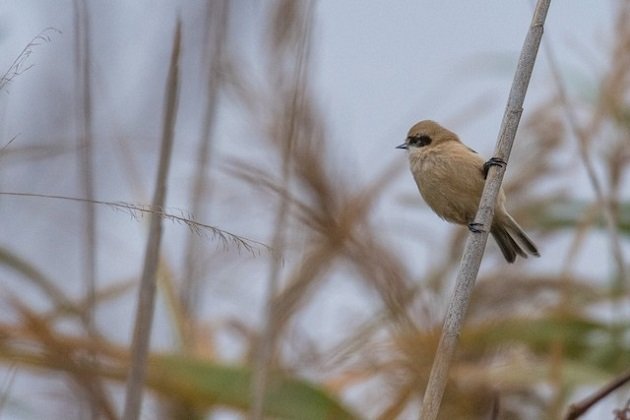
This October, a previously unknown name shined in the eBird alerts in Serbia: Raphael Nussbaumer. He made a whirlwind tour of some of the best birding areas in the country, from the Karajukica Bunari peat bog in the extreme southwest (by the border with Montenegro) all the way to the Slano Kopovo Crane Sanctuary in the northeast. Quite a few rarely visited spots and rarely seen birds landed in our inboxes, which prompted me to ask Raphael more about his tour and how he prepared it without asking any local birder for advice.
It turned out Raphael Nussbaumer is a keen ornithologist who just completed his PhD in Lausanne (Switzerland). He enjoys combining his passion for birds with computer science background to model nocturnal bird migration. Here is how he prepared for his tour of Serbia:
Guest-author: Raphael Nussbaumer
“Have you ever felt this strange excitement when setting foot in a new country you are visiting for a birdwatching trip? Everything is new, and even the pigeons or sparrows flying around the airport make an exciting first for your country list.
This was the feeling I had last October, when we travelled to Serbia with my wife for a week. Although it wasn’t the optimal period (most migrants already gone and wintering birds not there yet), we were looking forward to discovering a new and less birded region of Europe.
Personally, I love exploring new hotspots and discovering new or unusual species when visiting a country. But what I like above all is going on a well-organized trip where I know where to go and what to look for in each place. One option is to be guided by a local birder, but despite its many advantages, for me it removes all the fun of the discovery.
So how do I prepare a detailed plan of my trip? I’ll present the general approach I use for my trips and give examples from my trip to Serbia. To make it easier, I divided my preparation into 4 stages:
Stage 1 – Exploring
This phase is to familiarize with the species that can be seen.
- Search for species (or subspecies) endemic to the area visited. This is usually easily found on Google. There was none in Serbia.
- Search for my target species (i.e. those I haven’t seen in my life, or in the country). eBird is a definite must to keep your list up to date, with many useful tools such as target ebird.org/targets. In my case, I had one easy and three more difficult (Syrian Woodpecker, Imperial Eagle, Great Bustard and Saker Falcon).
- Search for “local special”. I usually scroll through the barchart list of the country (ebird.org/barchart?r=RS&yr=all&m=). I had roughly 10-20 species for Serbia including species such as Ferruginous Duck, Hazel Grouse, Griffon Vulture and Spoonbill.
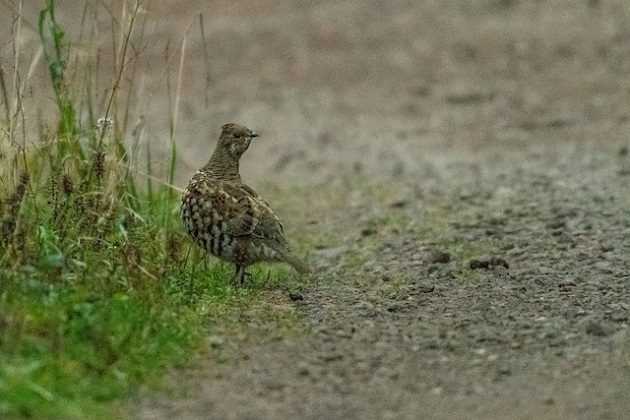
Hazel Grouse was one of the target “local special” species. In the first few minutes of our early morning walk, we were already happy to hear their high pitch song, before we saw this one wandering on the path just a few meters in front of us! It strutted around for a few minutes for us to admire it, before heading back in the bush: great start to the day! We then enjoyed seeing large numbers of hawfinches, jays, nutcrackers, thrushes, chaffinches and tits (S49309185).
Stage 2 – Detailing
Here, the main goal is to have precise information about the birds of the list of phase 1. I usually go through this phase for each species listed in phase 1, with more effort on the first two groups (endemic and target).
- Find where to find them, and how likely/easy they are to find (during the dates of visit if migrants). This can be easily done by looking at the barchart and distribution map (ebird.org/barchart?r=RS&yr=all&m=) on eBird. I probably looked at the map distribution of ~100 species and noted precise locations for ~20.
- Explore their song/call, preferred habitat, potential similar species and ID features (www.xeno-canto.org, ebird.org/quiz, ebird.org/media/catalog).
- In case of rare/difficult/localized bird, search for external sources (e.g. research papers).
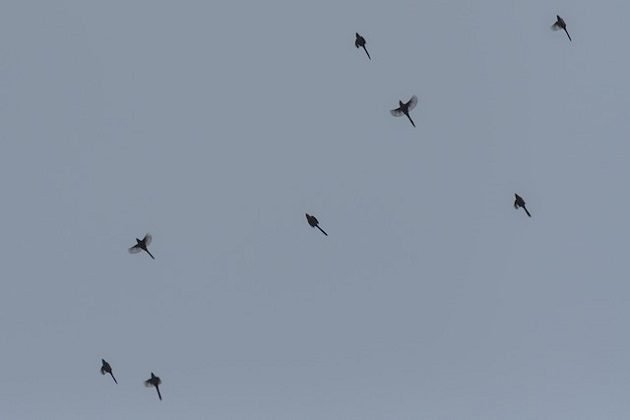
The “ping” call of Bearded Tits are always a delight to hear. Thanks to my research on eBird, I was expecting to find them there, but it was still a great surprise to see so many and hear them so well! The mapping exercise works particularly well with birds confined to a specific habitat (Baranda fish farm S49396968 and Pecena slatina S49396887).
Stage 3 – Mapping.
Based on the knowledge gained in phase 2, I map the main hotspots to visit to maximize my chances to see these species. Depending on how many of these species and their rarity, on the map I write more or less comment on which species to see.
At this point, I also open a bit my search to more general landmarks of the country. This corresponds to places which might not have particularly rare birds but are worth visiting for various reasons: number of bird (e.g. ducks), IBA, particularly nice landscape/habitat, or scenery…
For this, I usually Google keyword such as “birding Serbia” and explore the results (e.g. www.birdwatchserbia.rs, www.10000birds.com/tag/serbia). Sometimes reports of previous visits can provide detailed information (www.cloudbirders.com/tripreport).
Finally, I also check social media and rare bird networks to have more up-to-date information and add locations if relevant.
Here is my final map for Serbia: https://drive.google.com/open?id=17IVRFMkF8_wkH4wfS-oFyU0JbGq518gn&usp=sharing
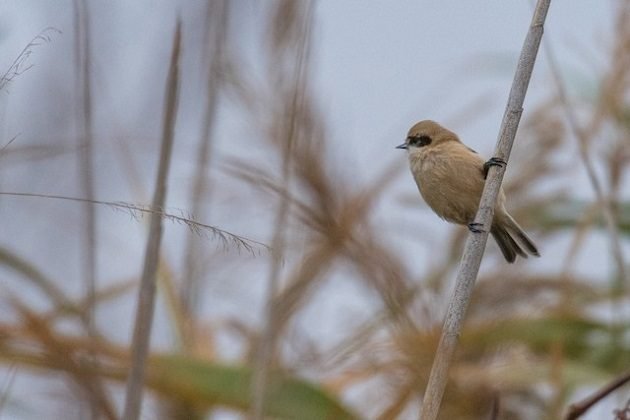
Penduline Tits were impressively common, with more than 23 individuals recorded during the week, 14 of them in a single group in Centa fish farm (Vojvodina) S49396841.
Stage 4 – Wrapping up
In this last stage, I like going through the exact planning in some detail.
- Group locations on the map by day trips (estimate duration based on distance to cover and traveling time by car). This depends on your accommodation plan too. Depending on your planning you might have to remove or add certain ones.
- Explore each hotspot intensively to note each hide, viewpoint, type of road, access road and barrier, etc…
- Export to my Google map to Maps.me to have all the pins offline on my phone.

Another “local special” I was happy to see: my first Eurasian Jackdaws of the soemmerringii sub-species, identified by their white semi-collar (S49318856).
A few tips for Serbia:
- My favorite part of birding in Serbia was the raw nature of most of the hotspots. If you’re tired of well-maintained bird reserves or parks, you’ll enjoy exploring hotspots such as Pestersko polje, Paljuvi Reservoir, Centa Fish Farm, and Beljarica was also good fun.
- Roads are generally in good condition, but there are a lot of roadworks and traffic. We greatly underestimated the traffic on our arrival, and it took us nearly 8 hours to drive from Belgrade to Uvac Nature Reserve (whereas we’d initially planned 4!). Friday afternoon is clearly not a good time to be driving in Belgrade!
- There is not much data online about birds of Serbia (no atlas, no distribution map) and there was still quite a big gap in October on eBird (eg. Imperial Eagle still in Fruška Gora National Park? [No, it is locally extinct in the park])
- Many hotspots on eBird are general hotspots (middle of a lake) and don’t give the exact watchpoint, entrance etc. I tried to give tips and recommendations in my eBird checklists for those interested.
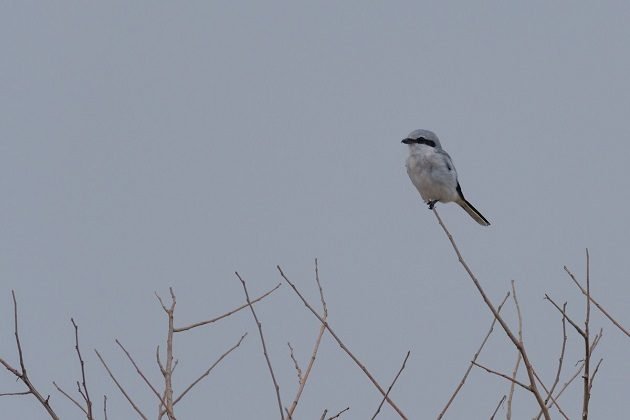
The Great Grey Shrike is another fairly common species seen several times in our trip. This one was even singing! This species is sadly declining in Western Europe, the last breeders disappeared these last few weeks and we only get occasional winter visitors; Centa fish farm (S49396841).
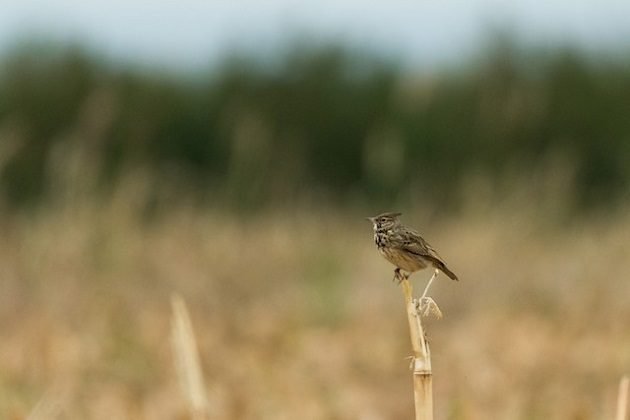
Long gone from my country of residence (Switzerland) and close to disappear from where I originally come from (Alsace, France), I was particularly happy to encounter a singing Crested Lark while driving near Fruska gora NP–Neradin, Vojvodina, S49367224.
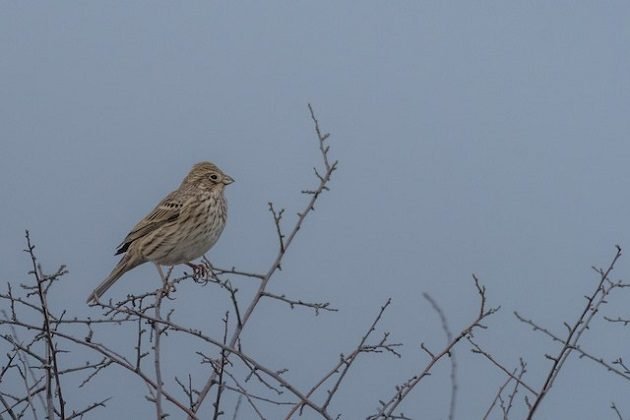
Very large flocks of Corn Buntings were contacted in Centa fish farm (S49396841).
Some of my highlights:
- A Whiskered Tern was found at Sakule fish farm (Jer Lake) (S49396977)
- Two Red-necked Grebes at Belo jezero (Lukino Selo)(S49396986)
- A White-fronted Goose at Pestersko polje–Karajukica Bunari (S49318648)
- A Moustached Warbler at Baranda fish farm (S49396968)
Including 5-7 Black-throated Divers, 1 single Caspian Gull, 33 Curlews, 47 Ferruginous Ducks, 12 Pintails, 1 Black Stork, several White-tailed Eagles, Syrian Woodpecker, Redwing, Sombre Tit… and many others…













We bumped into him and his wife in Kununurra near the Northern Territory border in Australia last year and helped him out with some target species right there in town! Star Finch near the Hoochery to name one species! Small world!! It was unusual to see a couple both bird watching together here!
A small world indeed 🙂
Hi Clare,
Thanks for your message, nice to hear from you! I remember our encounter in the park 🙂 thanks for the tip on the Star Finch, which we ended up seeing just afterwards (https://ebird.org/view/checklist/S38326801). Take care